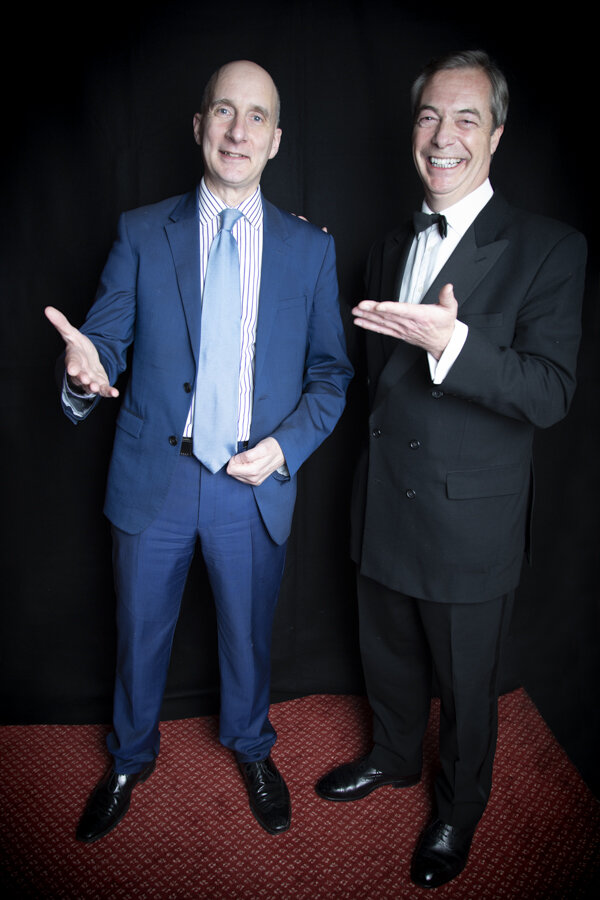I loved being witness to another hug recently.
Councillor Susanna Pressel and Councillor Yvonne Constance hugged for me in the public gallery of Oxfordshire Council Chambers.
Susanna is my local Labour councillor in Oxford. When I told her I was trying to get people who disagree to hug for a photograph, she said she thought it was a brilliant idea. Later the same day, she sent me an email telling me that a constituent had spontaneously asked her to hug them. “I think it’s almost the first time this has happened in my ward. It must be your influence!”
So, I asked her to propose someone to hug for the project and she confessed to me that “I tend to be intolerant of political opponents!” but she embraced the challenge and asked Conservative Councilllor Yvonne Constance if she would take part.
Susanna says she admires Yvonne because, although she is across the political divide, she avoids party politics and has got her colleagues to support radical proposals around traffic management in Oxford. I was really impressed with both women’s willingness to be somewhat out of their comfort zone and to hug for me. But they were both really good sports and said that they recognised that, although we may have different ways of getting there, we are all trying to make the world a better place.
It was a very dark and gloomy January day, brightened by Susanna’s rainbow jumper. Both Susanna and Yvonne were very generous with their time and their hugs, and I hope that as a result of this, their cross party cooperation will continue well into the future.
I am still on the look out for new huggers to extend this project. I have also been thinking of ways that I may turn some of them into collage pieces. Perhaps with pertinent newspaper articles, or painted backgrounds and words.
I have been thinking a lot about the practise of photography this week as well. I’m reading a book called So Present, So invisible by David Campany, which is full of interesting thoughts about this particular form of artistic expression. Because I didn’t study a degree in photography, I always feel like I am somewhat undereducated in the field and am constantly trying to address that. One idea which has already inspired me from the book is that of a “heteronym” or a fictional character through which to create art. I love the idea of being someone else who is less concerned about what people think, and creating art through them. Another idea is around the creation of photography books and using that idea as a way to interrogate the world and understand it better.
Last week I also went to the London Art Fair. I was drawn by an exhibition called Occupy the Void, Photo 50. It’s an exhibition which includes only the photography of women in their 50s and as I am about to be in that category very soon, I thought I should pay attention.
I came away with a bag full of inspiration, not only from Photo 50, but from other photographers around the fair. My favourites were Elizabeth Heyert’s Sleepers, Jessa Fairbrother’s Constellations and Coordinates, Ellie Davies’ images from the New Forest, Eeva Karhu’s landscapes and Susan Derges photograms. I highly recommend you take a look if you get a chance. They are all outstanding artists.
Conservative Councillor Yvonne Constance hugs Labour Councillor Susanna Pressel



